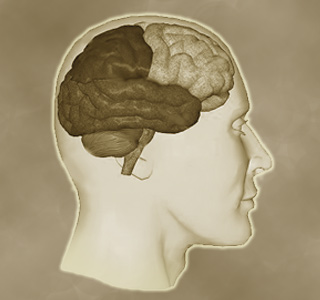
These scientists have stated that the usage of 18F labeled Flumazenil (18FMZ) in PET scans seems to provide a helping hand to the presently used methods of detecting the location of seizure in the brain. The presently used techniques to detect the focal area of seizure in the brain include magnetic resonance imaging (MRI). This novel technique, along with the traditional imaging methodology, may aid in providing additional information about the patients suffering from epilepsy.
Dr. Rob Ware, the clinical director of CRCBID, says that, “By being able to exactly see where the seizure point is, doctors can more accurately prescribe and monitor treatment or recommend surgery, ultimately improving the lives of patients, who often have significant medical psychological and economic difficulties as a result of their disorder.â€
He has further also stated that at present it may not be possible to effectively treat almost one third of epilepsy patients with drugs, and some drugs may even result in adverse side effects in the patients.
Dr. Ware further states that, “In addition, although neurological surgery can be a very effective treatment for these medication-resistant patients, surgery can only be applied in a small proportion because of problems localizing the source of the seizure. The radiopharmaceutical FMZ may help to solve this issue.â€
According to the study investigators, their main challenge was to position the radioactive 18 Fluorine atom in place of the fluorine atom in the molecule. Following which, a radioactive 109 minute clinical application could take place with the patients suffering from epilepsy. More so, the investigators have also stated that this particular 18 FMZ was seemingly successful in aiming for the brain receptors in animal models.
The study findings were presented at the ANZ Nuclear Medicine conference in Sydney, Australia.
